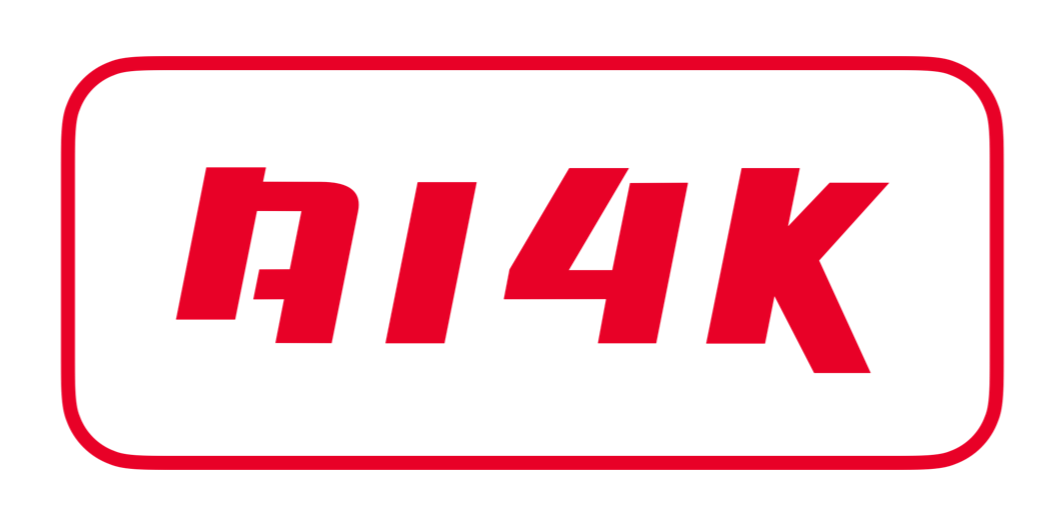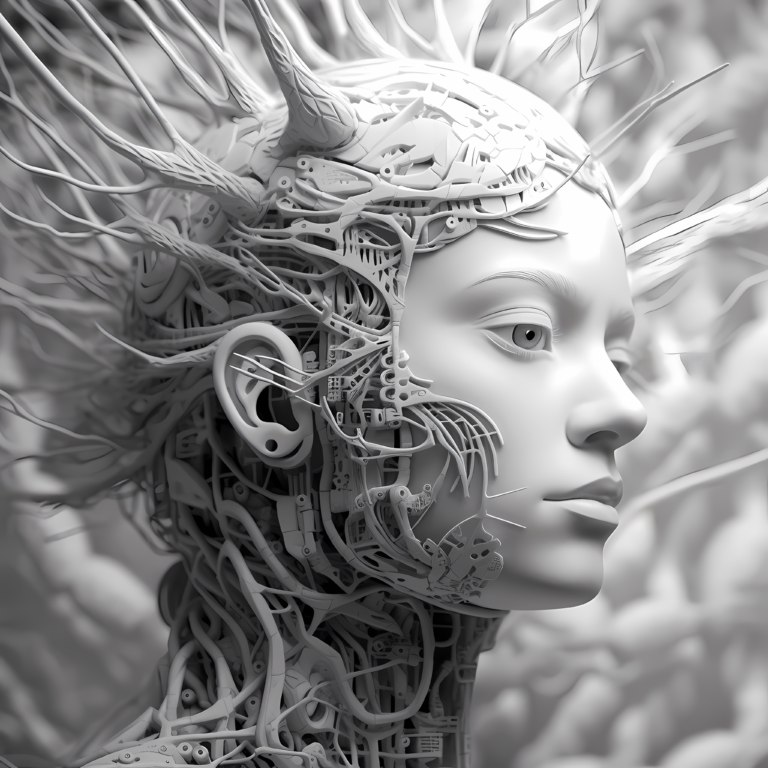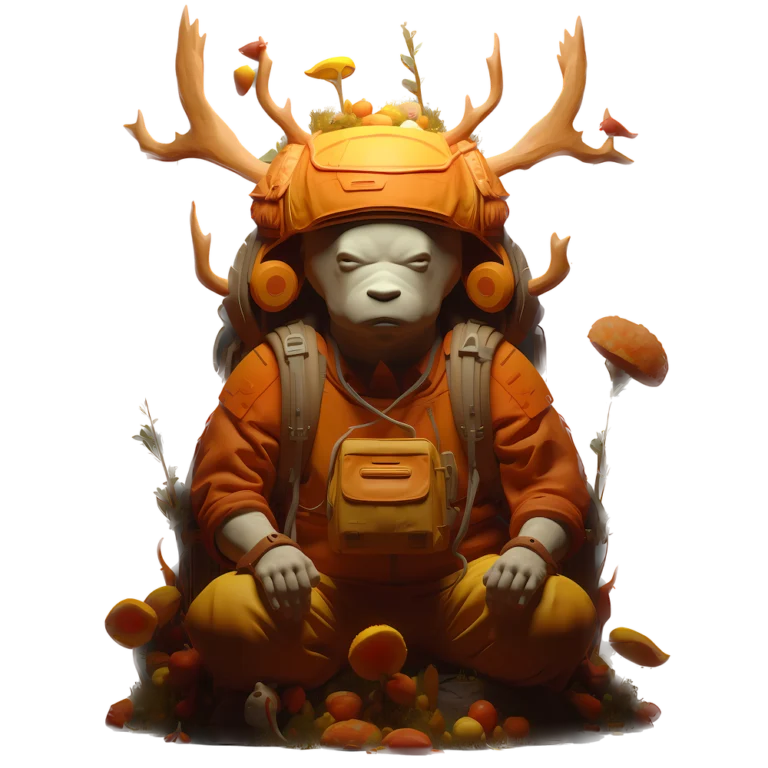What is UX Design
The user experience (UX) idea is defined as the experience that the public has when interacting with your products or services. Its goal is to provide users with satisfying, desirable, intuitive, appealing, and effective solutions so that their interactions with your brand are highly positive.
UX design might be one of the most effective ways to raise customer satisfaction levels. Google is definitely using UX as one of the ranking factors. In that sense UX is a set of several signals.
When 88% of online shoppers say they will not return to a website where they had a bad user experience, it’s easy to see that the numbers don’t add up.
Intrusive popups, social media floating bars, chat icon covering the content, low or erratic website load, menus with too much information or confusing information, spammy or confusing content, animations or images not loading or problems with Accessibility are part of a bad user experience with a webdesign.
User experience: What is it?
It is a strategy that tries to give customers of real or digital goods and services better experiences.
The objective is, for example, to ensure that the usage of websites, applications, and software, among other solutions, is presented smoothly and without hurdles or challenges.
Given the recent digital revolution of businesses, the concept of user experience has become increasingly implemented in digital solutions such as the usage of websites and mobile applications, among others.


